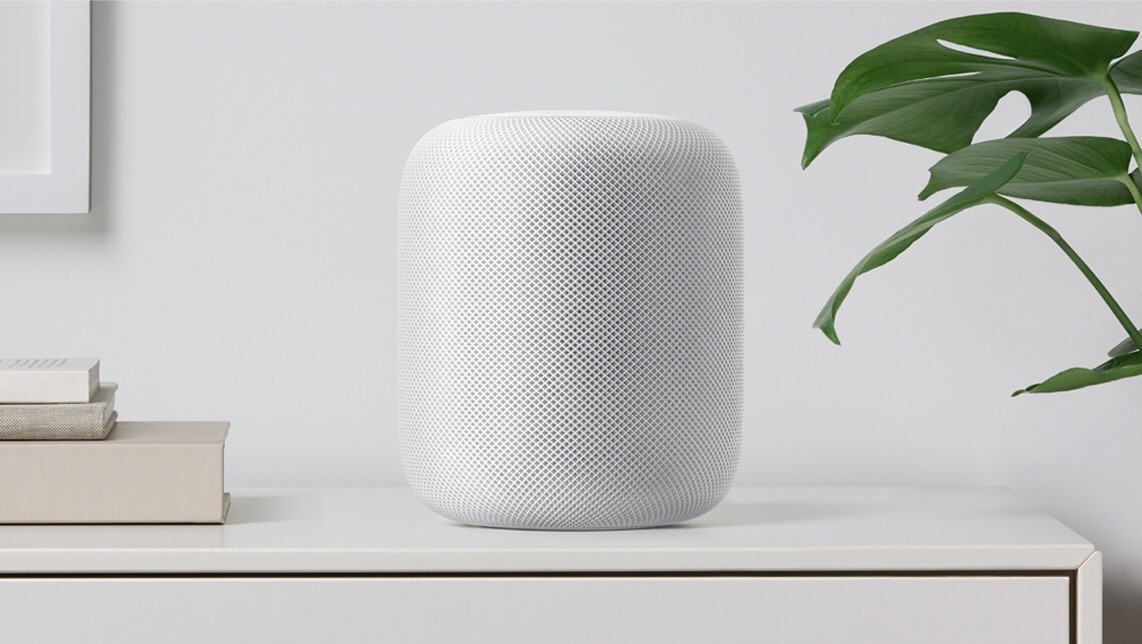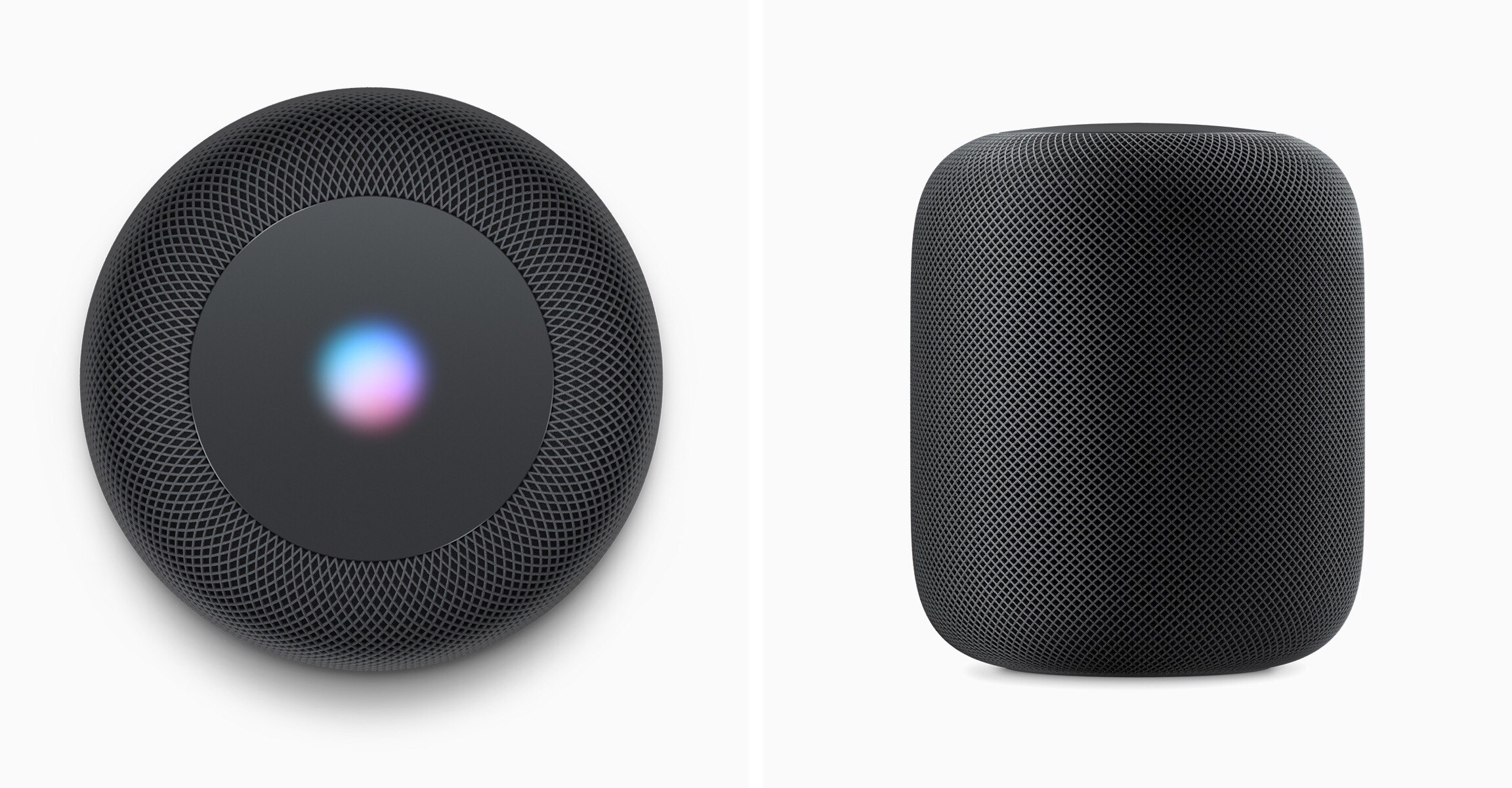Apple is entering the smart speaker space, and it’s doing that with a new product launching this December called HomePod.
Introduced at the end of today’s WWDC keynote, HomePod is a Siri-equipped smart speaker that specializes in music. Rather than solely competing with products like the Amazon Echo and Google Home, Apple is positioning HomePod as a hybrid product that does more. It contains many of the same capabilities of those assistant-equipped speakers, but adds one more thing: high quality audio. This makes it not only a competitor to the Echo and Home, but also to home audio systems like those offered by Sonos and Bose. This latter market is where Apple has so far focused its marketing, as reflected by the title of its introductory press release: “HomePod reinvents music in the home.”
Unsurprisingly, the HomePod is designed to work best with Apple Music. This support is highlighted by Siri’s expanded knowledge in the domain of music. Users will be able to ask questions like, “Who’s the drummer in this?” or “Who’s singing?” There is more flexibility in Apple Music-related commands as well, allowing you to tell Siri, “Play something new” or “Add this to my workout playlist.”
In addition to the focus on Apple Music, Phil Schiller highlighted a number of other areas that Siri would be equipped to handle on the HomePod, as seen below. These include the obvious things like HomeKit device control and general knowledge inquiries, as well as fresh Siri domains like News.
Hardware-wise, HomePod is powered by an A8 chip, a six-microphone array, seven beam-forming tweeters, and a 4-inch woofer. These combine to create a powerful audio mix meant to fill a room. A HomePod is spatially aware, meaning it can analyze the acoustics of a room and adjust sound based on its location in that room. It also includes new technology like Apple’s AirPlay 2 protocol, which allows multi-speaker support that will enable multiple HomePod devices to wirelessly communicate with each other.
As with products like the Amazon Echo, the HomePod’s primary interface method is through voice. It does not contain a screen. But there are some basic options for touch input as well. By tapping the top of the HomePod, you can play, pause, or adjust the volume of whatever’s playing. The top of the HomePod also lights up to display an LED waveform while you’re talking to it, similar to the way Siri interactions animate on other Apple devices.
When the HomePod is released this December, it will be available in both White and Space Grey finishes. It will launch first in the US, UK, and Australia, with more countries to follow in 2018.
Apple has a short product video for its new product, available for viewing below.
You can also follow all of our WWDC coverage through our WWDC 2017 hub, or subscribe to the dedicated WWDC 2017 RSS feed.




